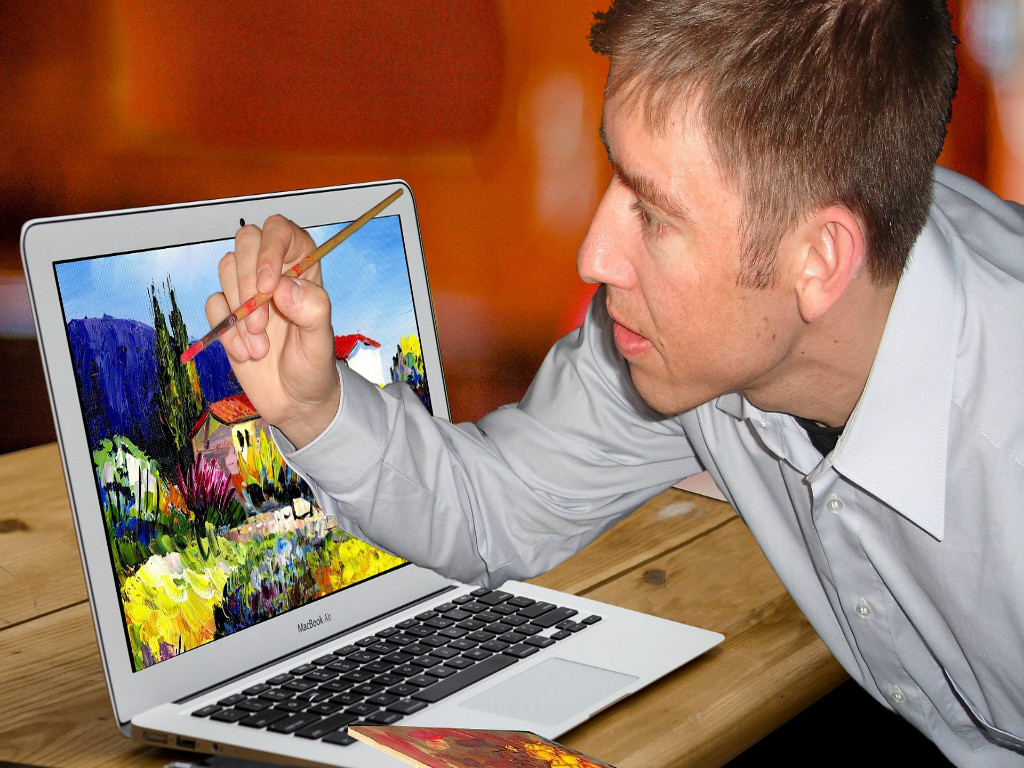Cultural Event: An Octoroon
Last month, I paid my first visit to the Woolly Mammoth Theater Company. Truth be told, it wasn’t until I got to the theater and started reading my program that I learned the word “octoroon” is a derogatory term for someone who is 1/8th African American.
An Octoroon is Branden Jacobs-Jenkins’s adaptation of the1859 work The Octoroon by the Irish author Dion Boucicault. The original play, an adaptation of yet a different work, is an expression of Boucicault’s life experience being 1/8th minority in his time. Jacobs-Jenkins has made changes not only to reduce the ridiculously large number of cast members (which was done cleverly), but also to bridge Boucicault’s work to today’s audiences.
As with the original play, this is a sensationalist piece, meaning that it does everything possible to give you all the feels. Characters, visuals, storyline…everything. And it doesn’t conform to expectations of what injustice looks like. Many of the characters are brackish, you find yourself going back and forth between loathing them but then sometimes empathizing with them. Or vice-versa. The line constantly shifts between what makes you laugh and what challenges your comfort level.
I have to give a shout-out to DC local cellist Katie Chambers, who was the only instrumentalist in the production. I don’t know if she was playing by memory or improvising, but either way, it was awesome. She single-handedly made moments feel like I was actually in the characters’ world and not just watching a play.
Labor Event: Wirtz Labor Library
I’m an intense tourist, and living in Washington is great for that. For last month’s labor event, I decided to tour the Department of Labor’s Wirtz Labor Library, which is inside the Francis Perkins Building just blocks from the Captiol. It’s a public library, and in its collection you can find everything about labor history, legislations, and culture.
You can find most things online, but there is something thrilling about actually holding these materials in your hands and seeing them with your own eyes. I held books of labor reports that were over 100 years old. I saw original portraits of every US Labor Secretary. I read US Code and Supreme Court decisions that pertain to a lot of the rights we union members work to protect. And I have to admit, I was a little giddy that Senza Sordino, the newsletter of the International Conference of Symphony and Opera Musicians, was in their electronic database. (The term “senza sordino” is the Italian musical instruction for a musician to play without his/her mute.)
I enjoyed walking around the lobby of the Francis Perkins Building, too. There are beautiful murals dedicated to the Labor Movement and displays of statues and artifacts related to key figures in Labor History. There was also a wall of seals of every (I think?) labor union in the United States. What a tribute to solidarity.
Subscribe via Email
Enter your email address to subscribe and receive notifications of new posts on the first Monday of each month by email.



